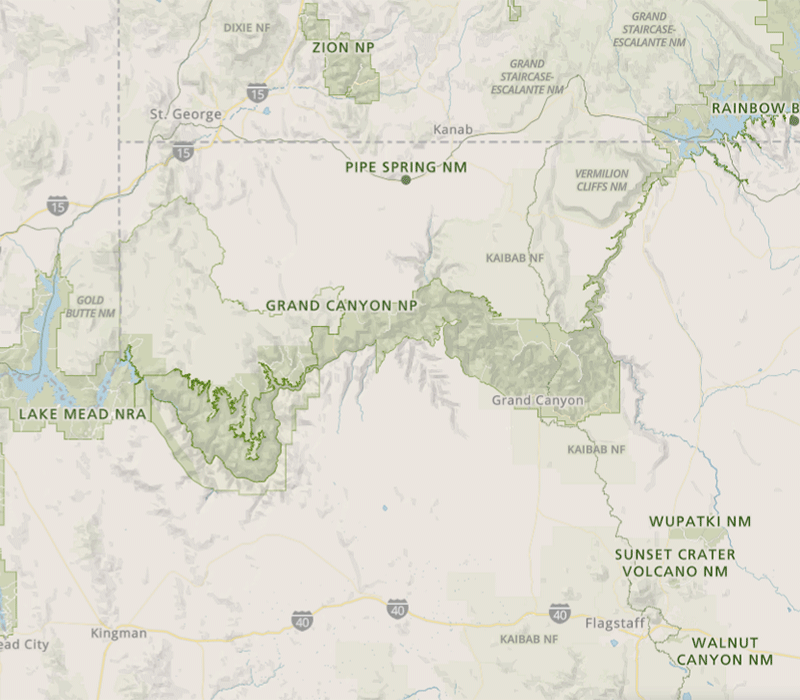
USGS Investigators: Theodore Kennedy
NPS Investigators: Emily Omana , Hannah Chambless
| 2024 | 2025 | 2026 |
|---|---|---|
| $100,000 | $100,000 | $100,000 |
NPS Park: Grand Canyon NP
USGS Center: Southwest Biological Science Center
States: AZ NV UT
Aquatic ecosystems in National Parks face multiple climate change-related threats, including increasing water temperatures, decreasing flows, and the establishment and expansion of non-native species. These factors interact to affect water quality for fish, humans, and other organisms by creating conditions that favor the growth of existing parasites and pathogens and by introducing novel parasites and pathogens into the ecosystem.
Should the combination of new invasive fish species establishment and the growth of existing and novel parasites and pathogens occur, the ability to sustain threatened and endangered fishes would be affected. Furthermore, delays in addressing these knowledge gaps could result in the irreversible establishment of parasites and pathogens that would be difficult, or impossible, to remove later. This is therefore a problem of the highest significance to GRCA, and this study will inform park monitoring and management actions to protect threatened and endangered native fish species from these biological water quality threats.
This study will address these water quality / fish health knowledge gaps using a multi-tiered approach based on metabarcoding of environmental DNA (eDNA) samples. eDNA sampling is a minimally-invasive technique that uses water samples or fish fecal samples to provide a synoptic picture of biological water quality. The eDNA metabarcoding pipeline will characterize the disease landscape, the aquatic invertebrate food base, and fish microbiomes. Quantifying the distribution of parasites and pathogens in isolated tributaries and the Colorado River mainstem would assist managers in planning native fish translocation and augmentation strategies.
